Reportar esta entrada
Más sobre la misma comunidad-colección
Levantamiento de Pesas y Lucha en el centro El Paso - 2015
Weight Lifting and Wrestling Downtown El Paso- 2015
Parientes de la familia Lorentzen
These are probably Casad relatives with the Lorentzen children, ...
Los niños de la familia Lorentzen en su porche delantero
The children are on the porch at 521 Randolph Dr.
Al interior de la casa en 521 Randolph Dr.
Mrs. J. W. Lorentzen was a member of the Woman's Club and other ...
Una amiga o pariente de la familia Lorentzen - El Paso, Tejas
This lady is standing in the side yard of 521 Randolph Dr. in ...
Yendo de excursión a las minas de estaño
Selso Martinez hiking with me to the Tin Mines in the Franklin ...
La vista desde abajo de las antiguas minas de estaño en las montañas Franklin
Jut before getting up to the tin mines we took a detour to ...
50º Aniversario del Campeonato de Baloncesto Masculino NCAA - 2016
50th Anniversary of NCAA Men's Basketball Championship On ...
50º Aniversario del Campeonato de Baloncesto Masculino NCAA - 2016
Dr. Diana Natalicio who was named president of UTEP in 1988 - at ...
50º Aniversario del Campeonato de Baloncesto Masculino NCAA - 2016
On March 19, 1966, coach Don Haskins’ Texas Western Miners ...
50º Aniversario del Campeonato de Baloncesto Masculino NCAA - 2016
Photograph: Overhead photograph during the ceremony to honor the ...
50º Aniversario del Campeonato de Baloncesto Masculino NCAA - 2016
50th Anniversary of NCAA Men's Basketball Championship On ...
50º Aniversario del Campeonato de Baloncesto Masculino NCAA - 2016
Photograph of the ceremony honoring 1965-66 Miners on Feb 6, ...
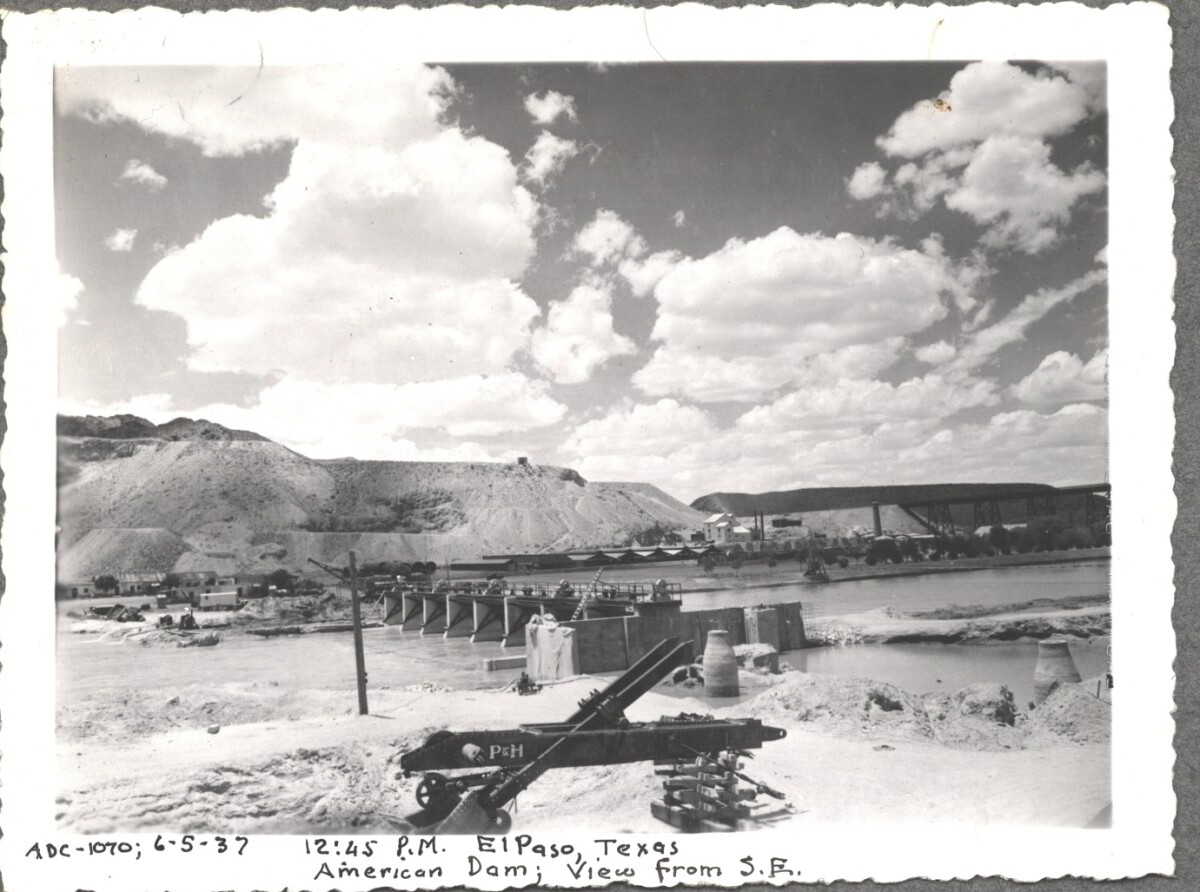

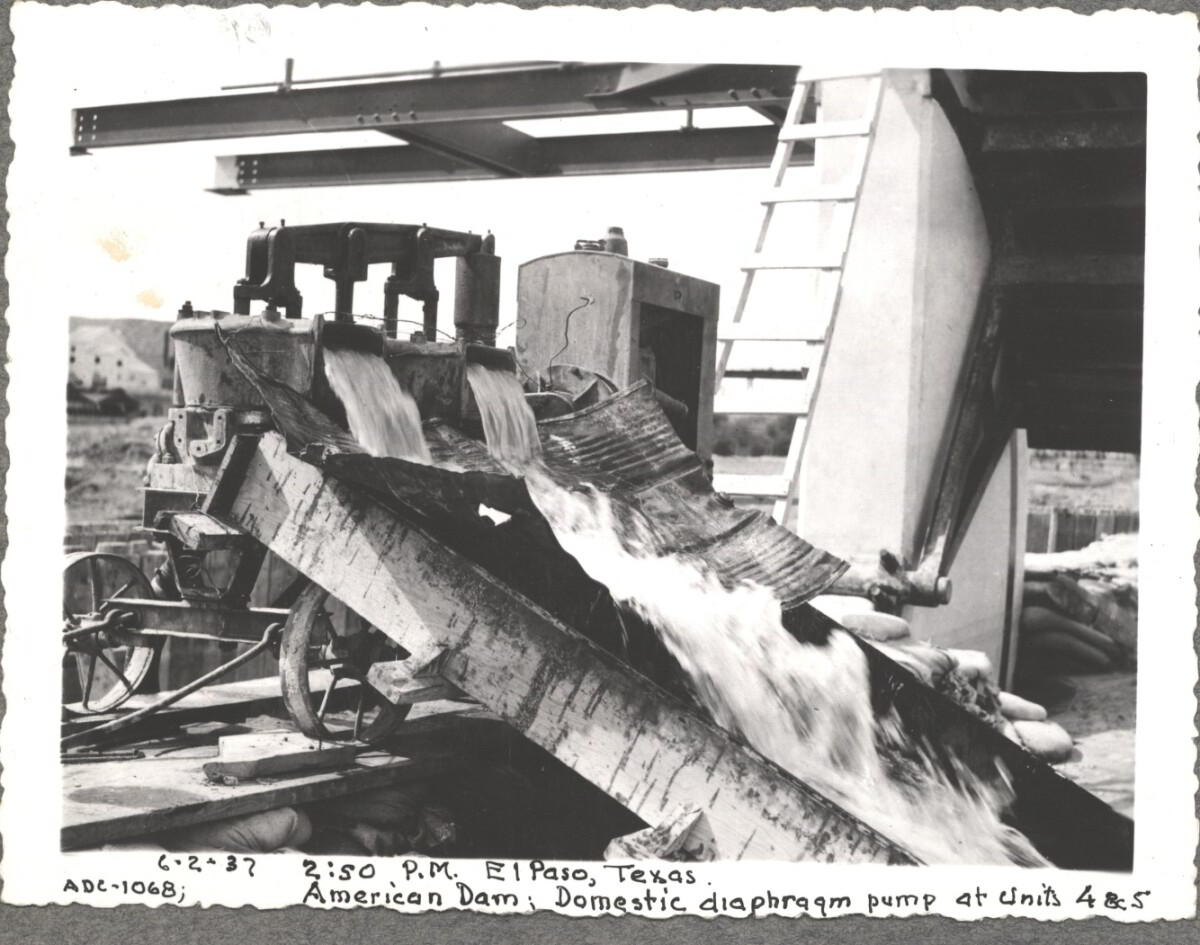
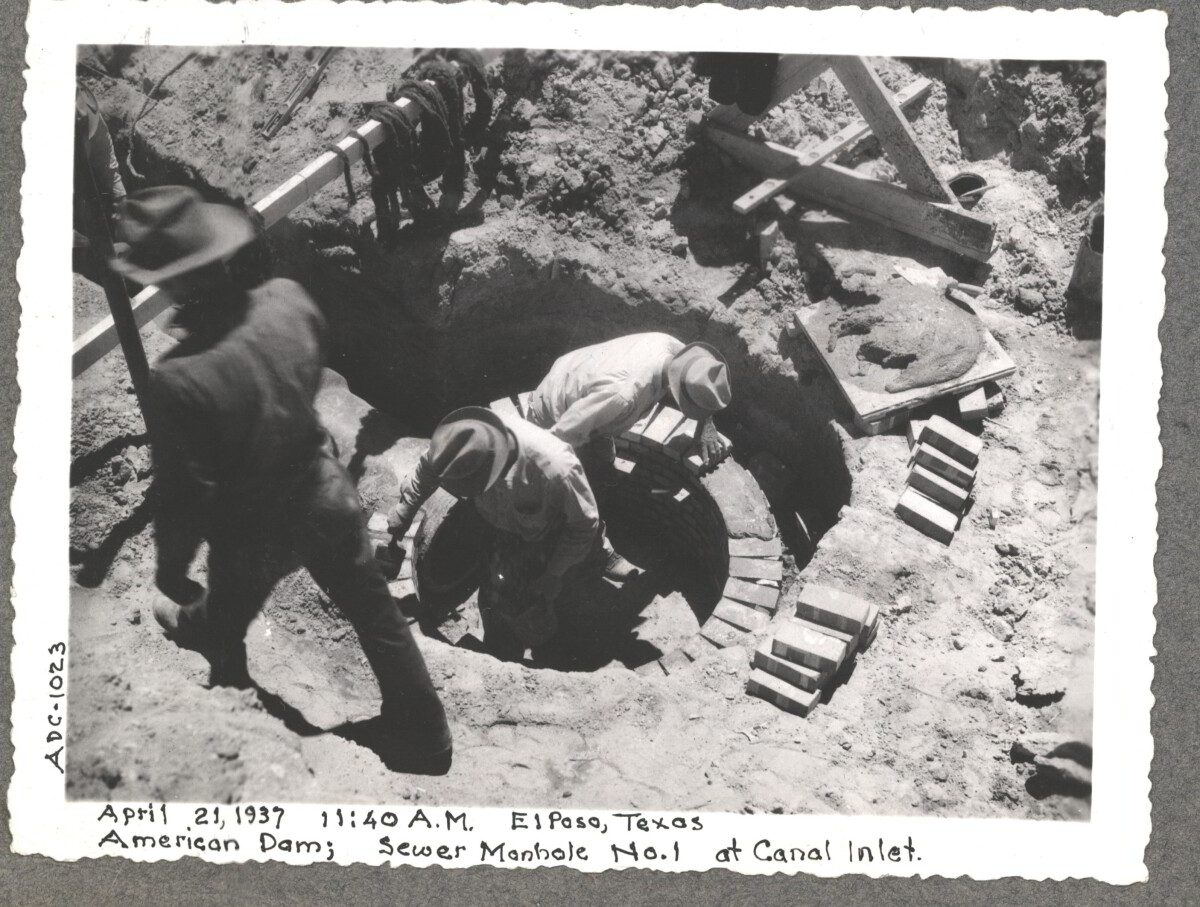
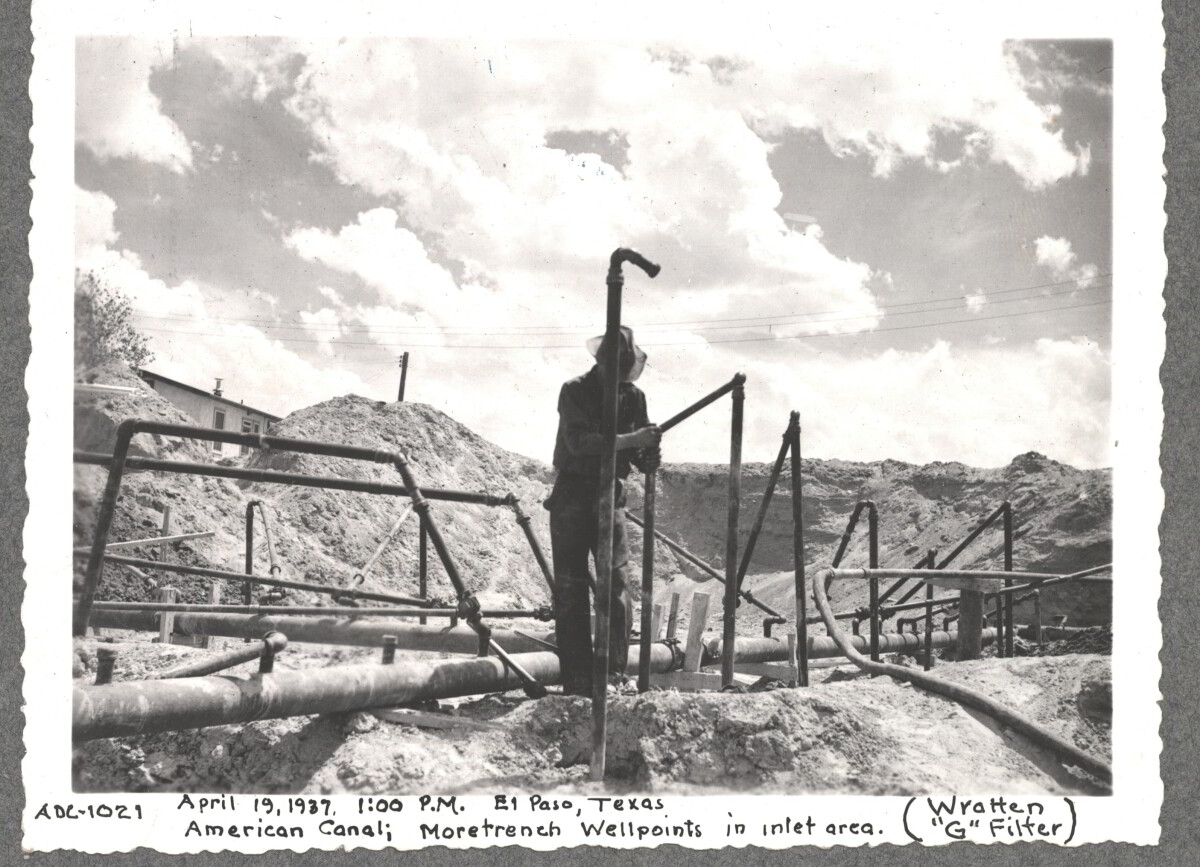
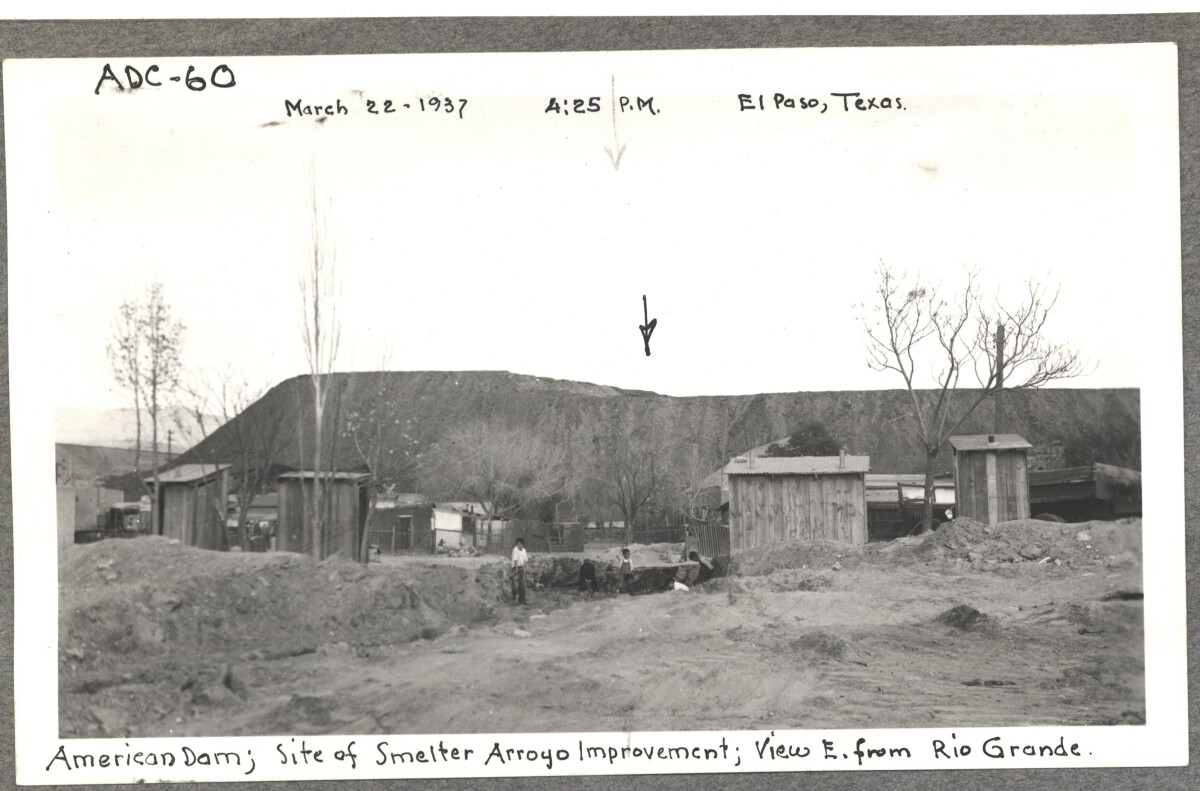
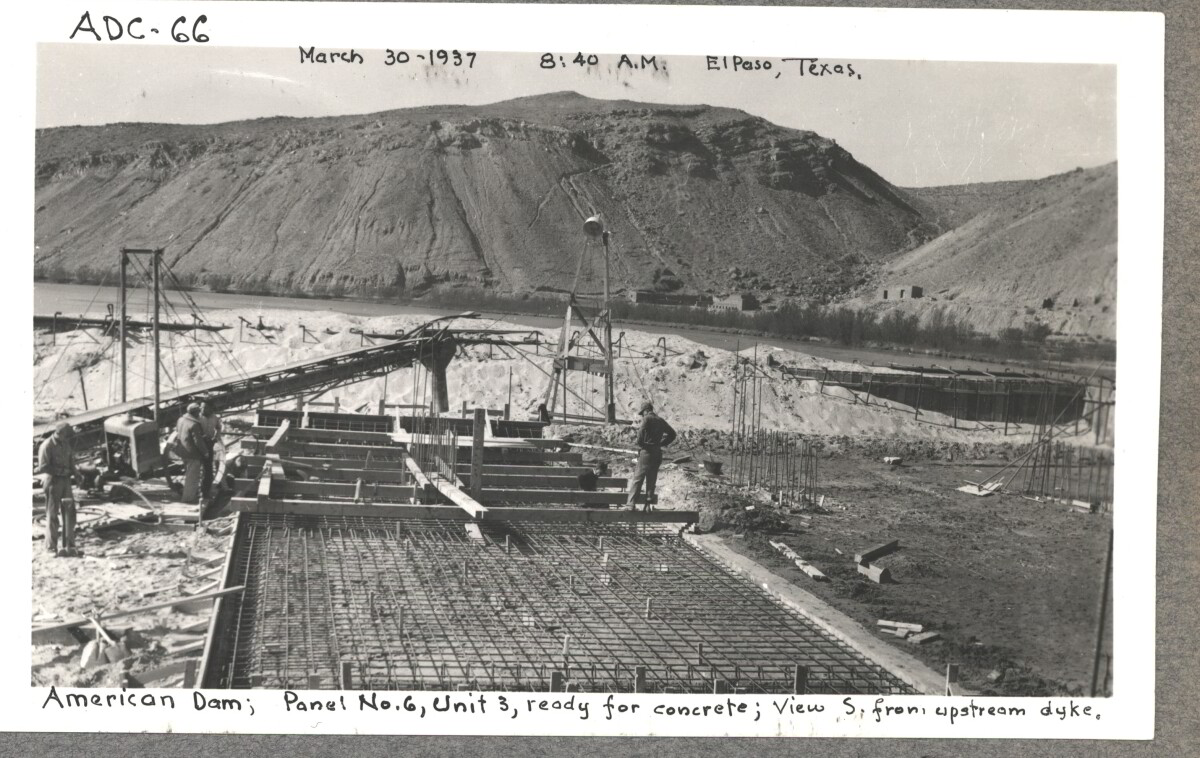
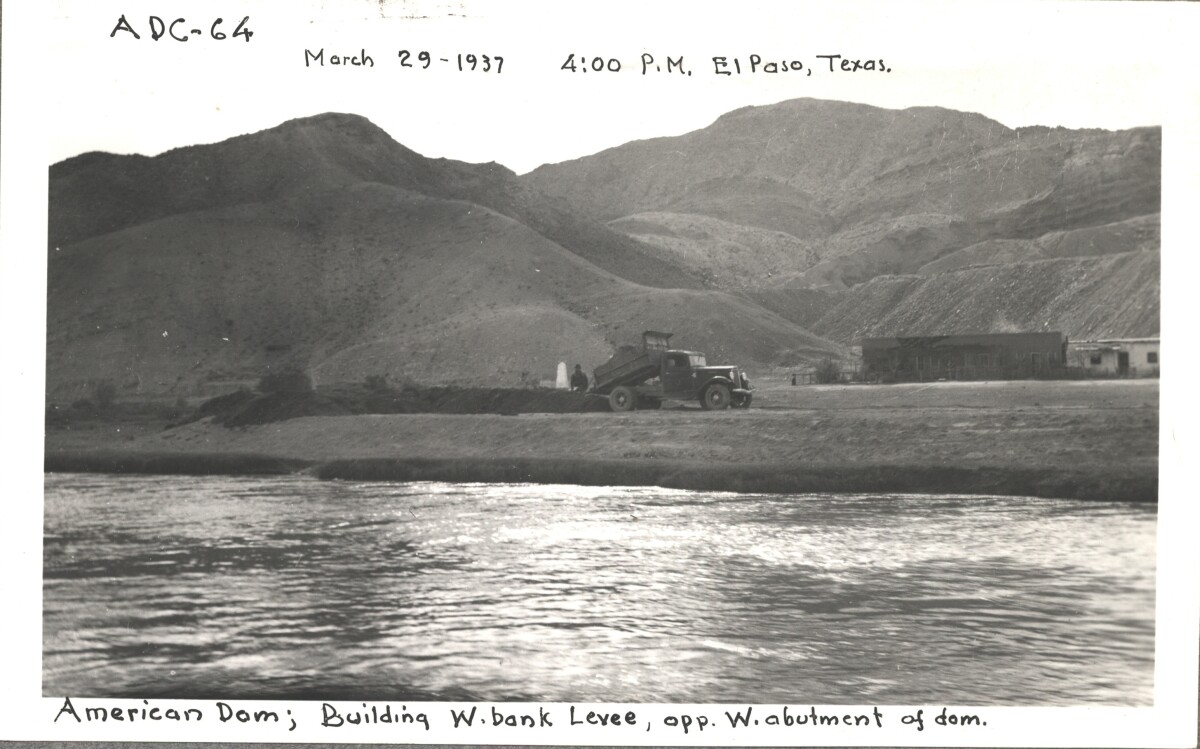
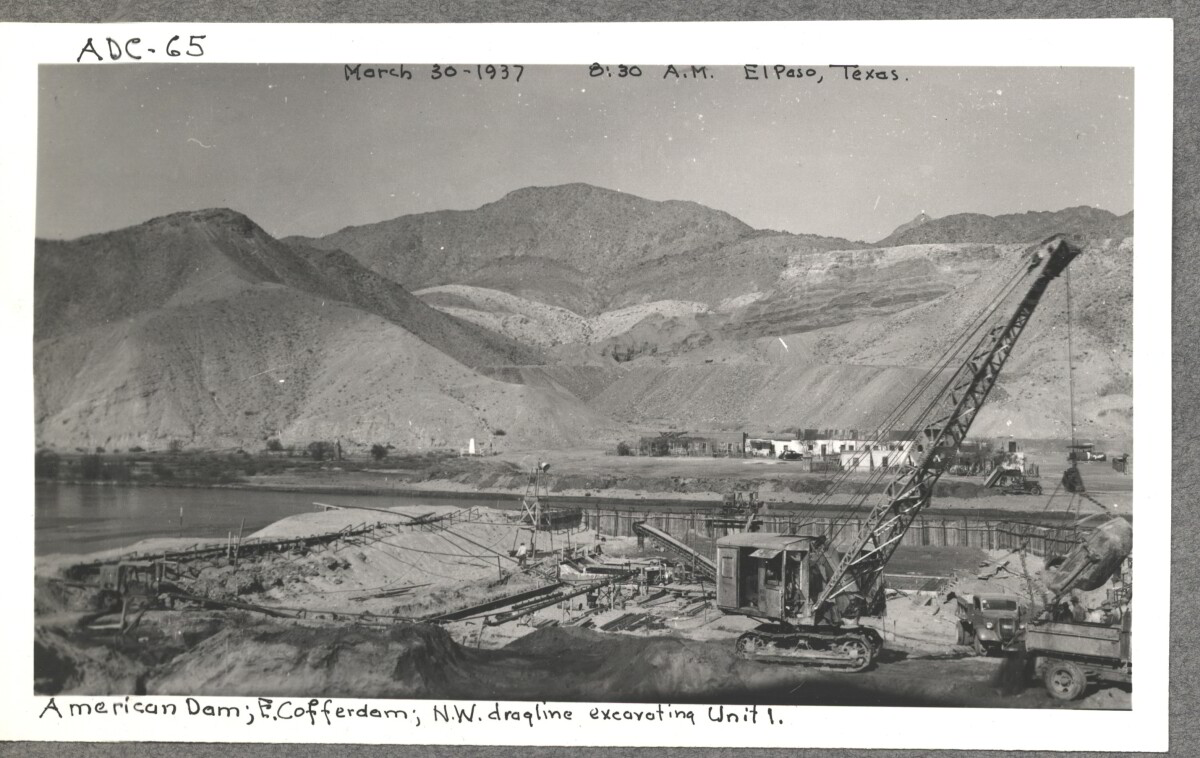
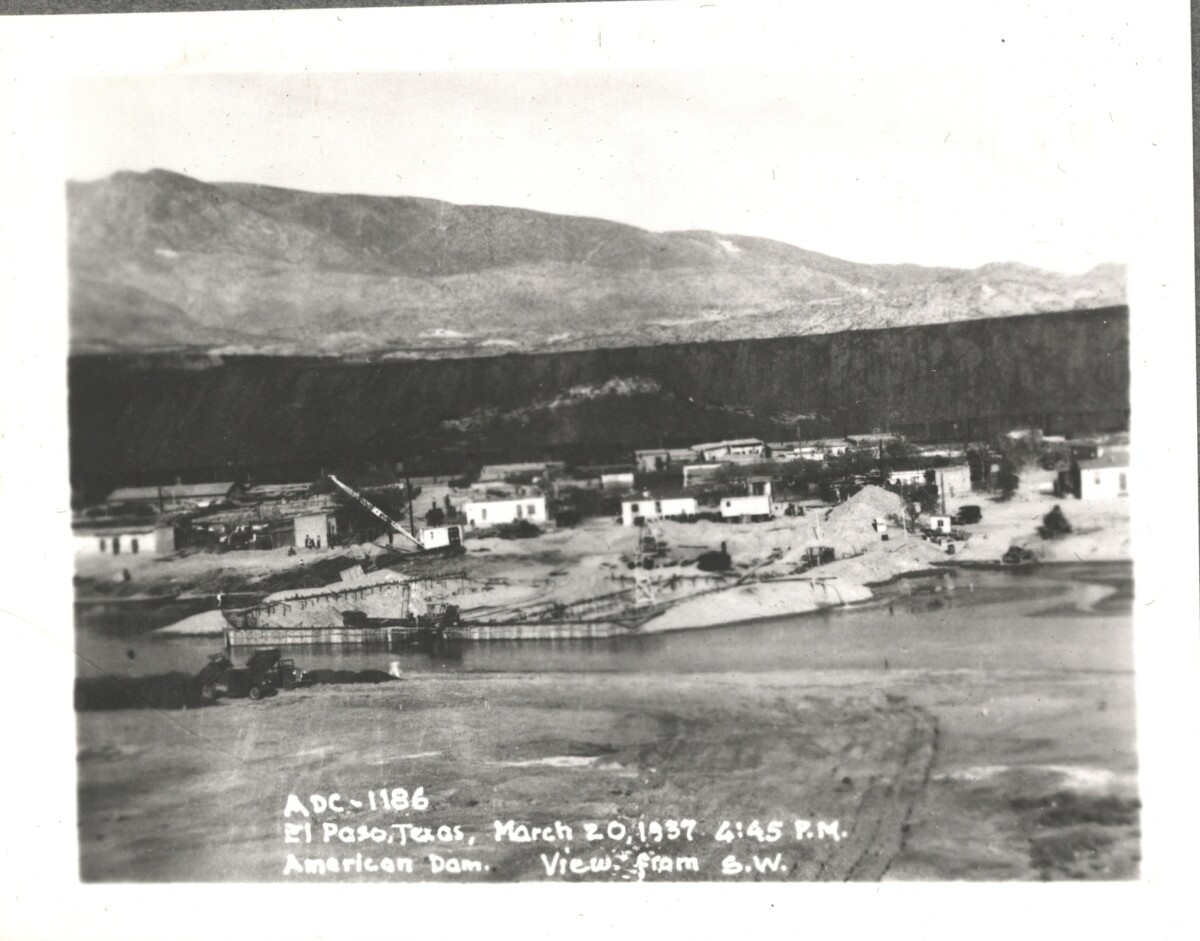
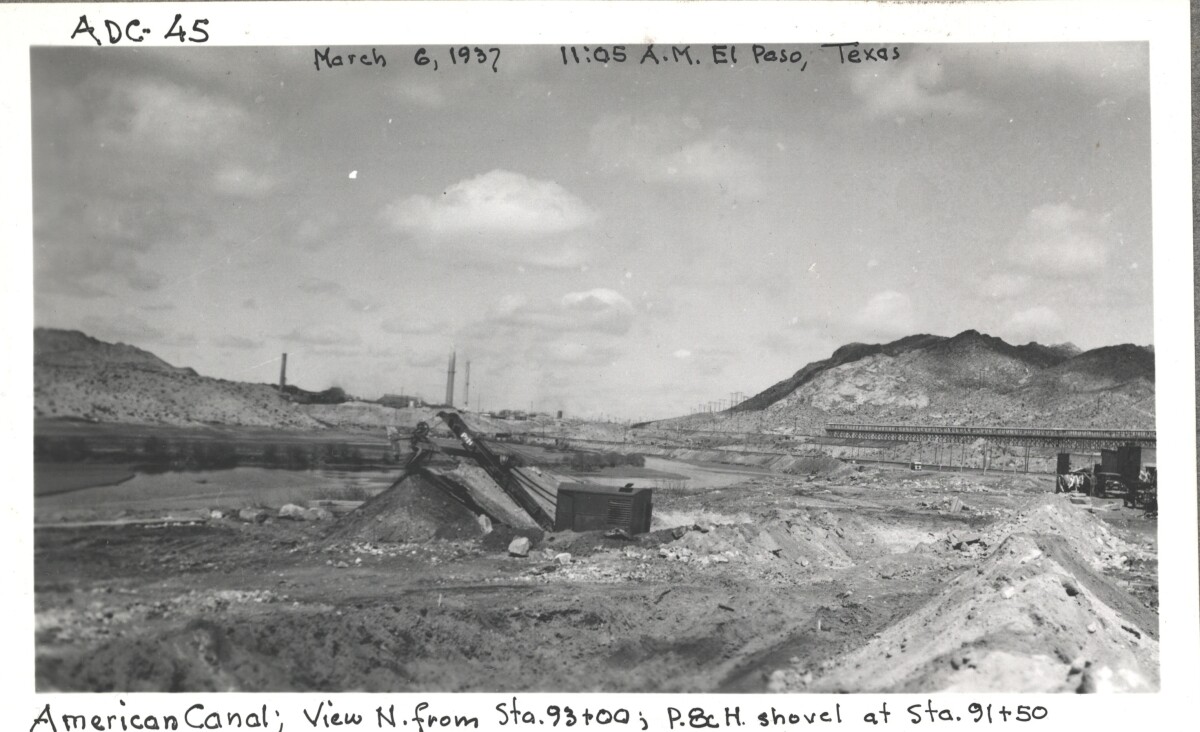
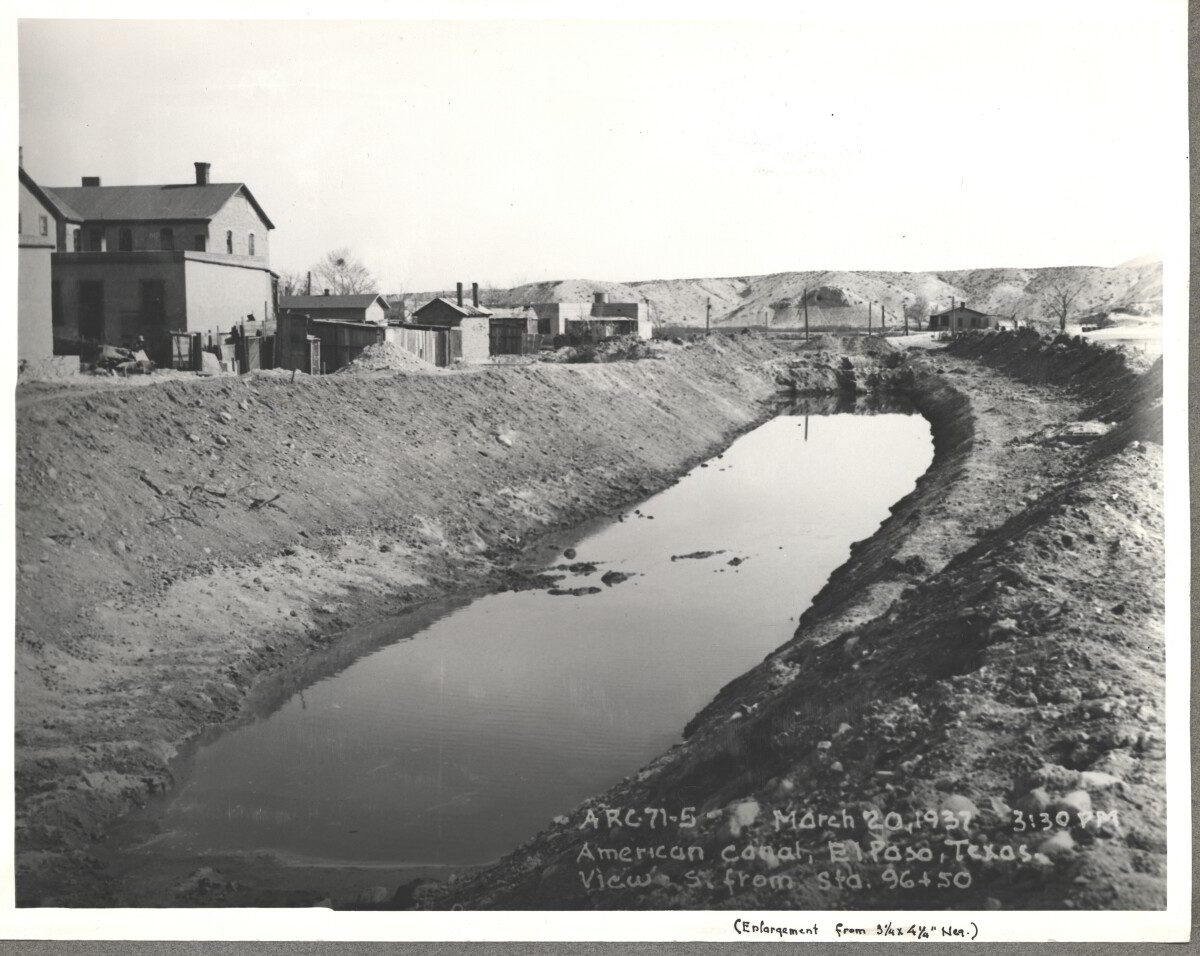
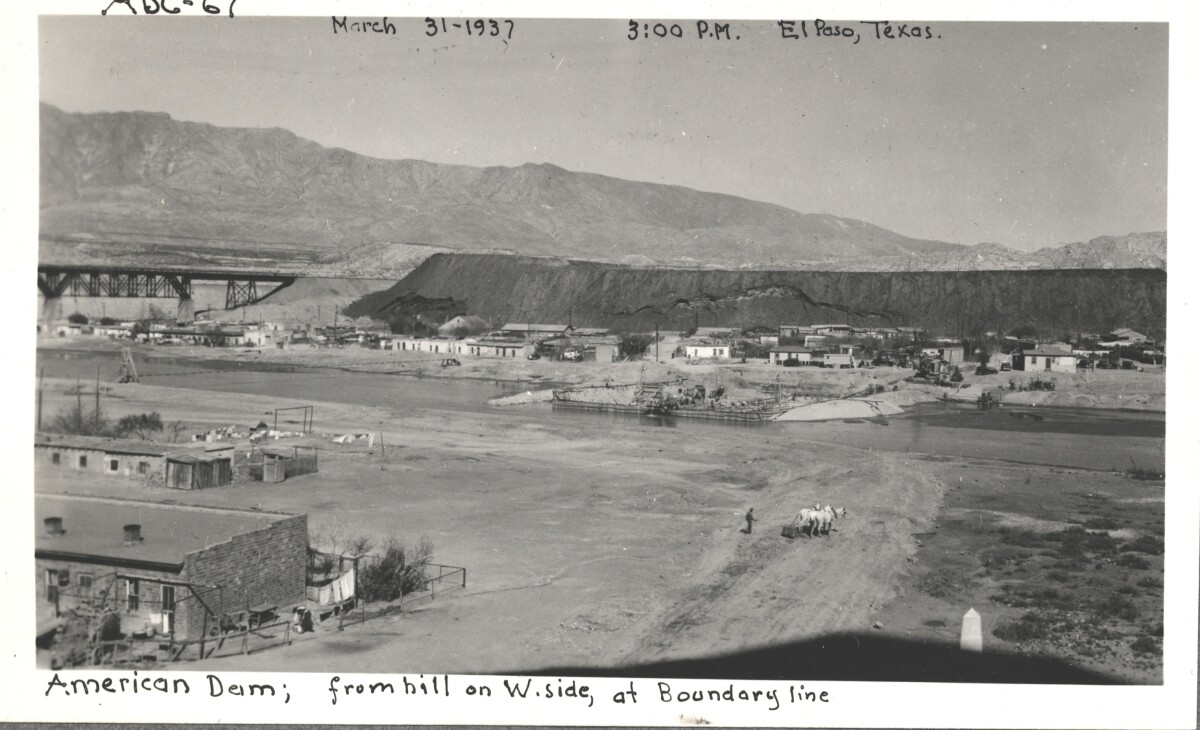
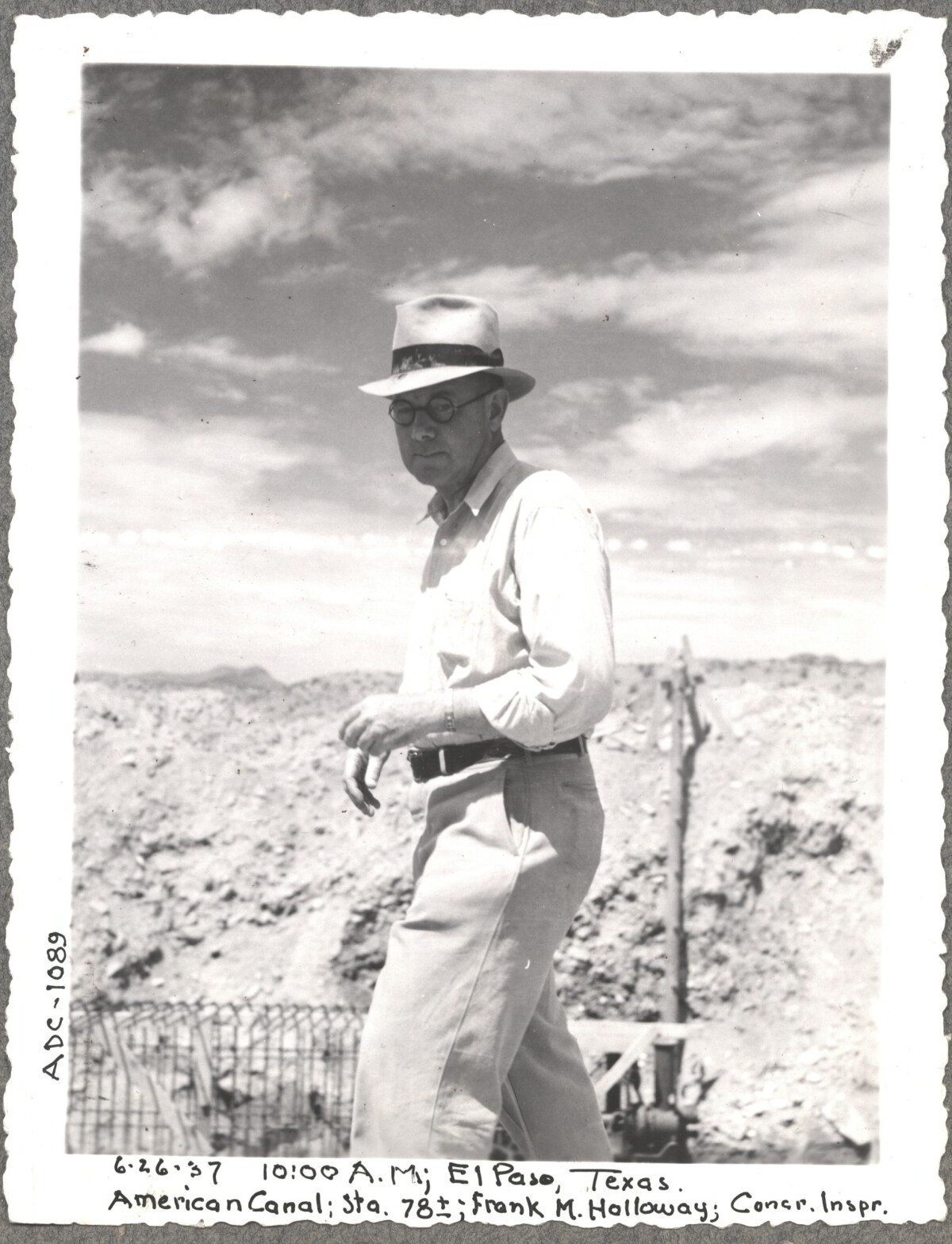
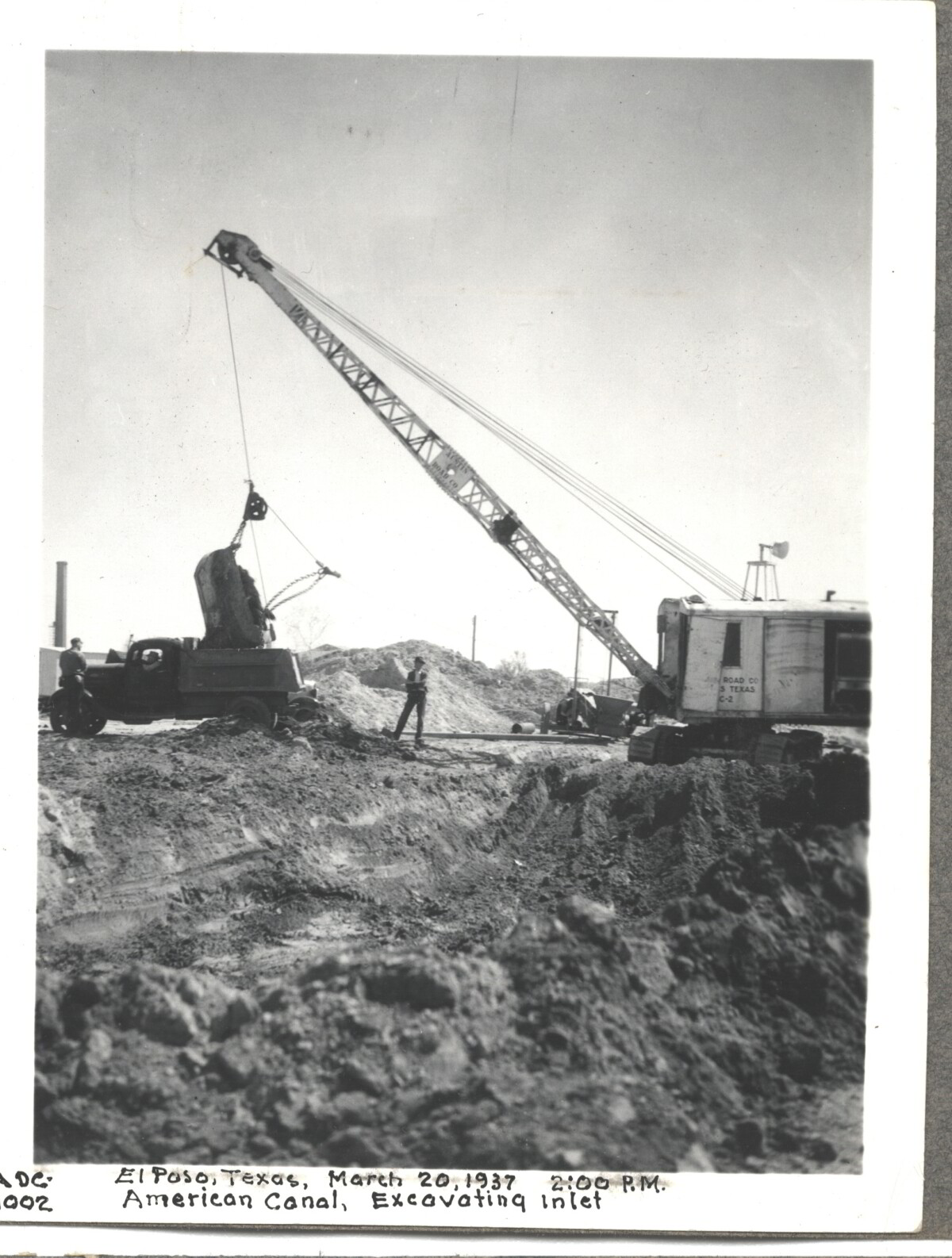
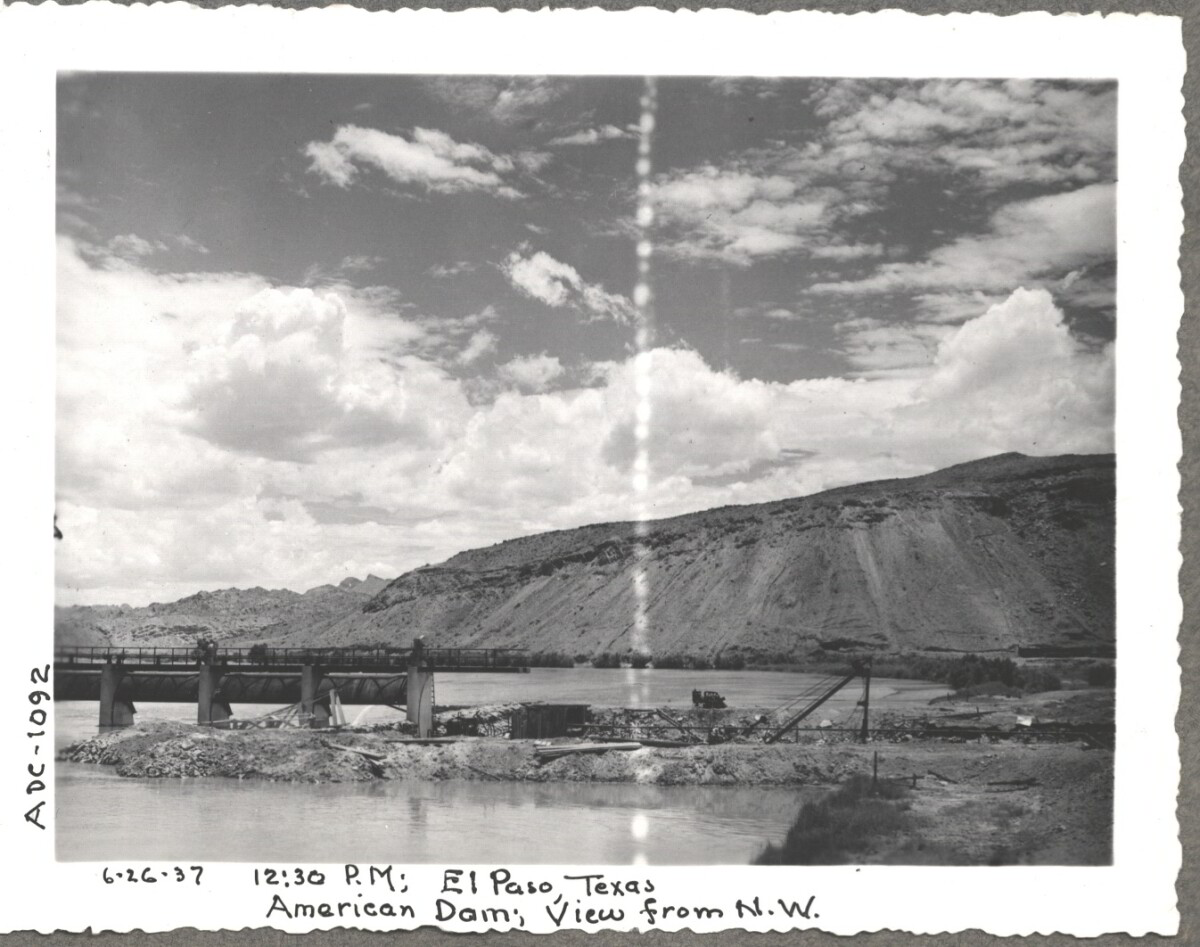
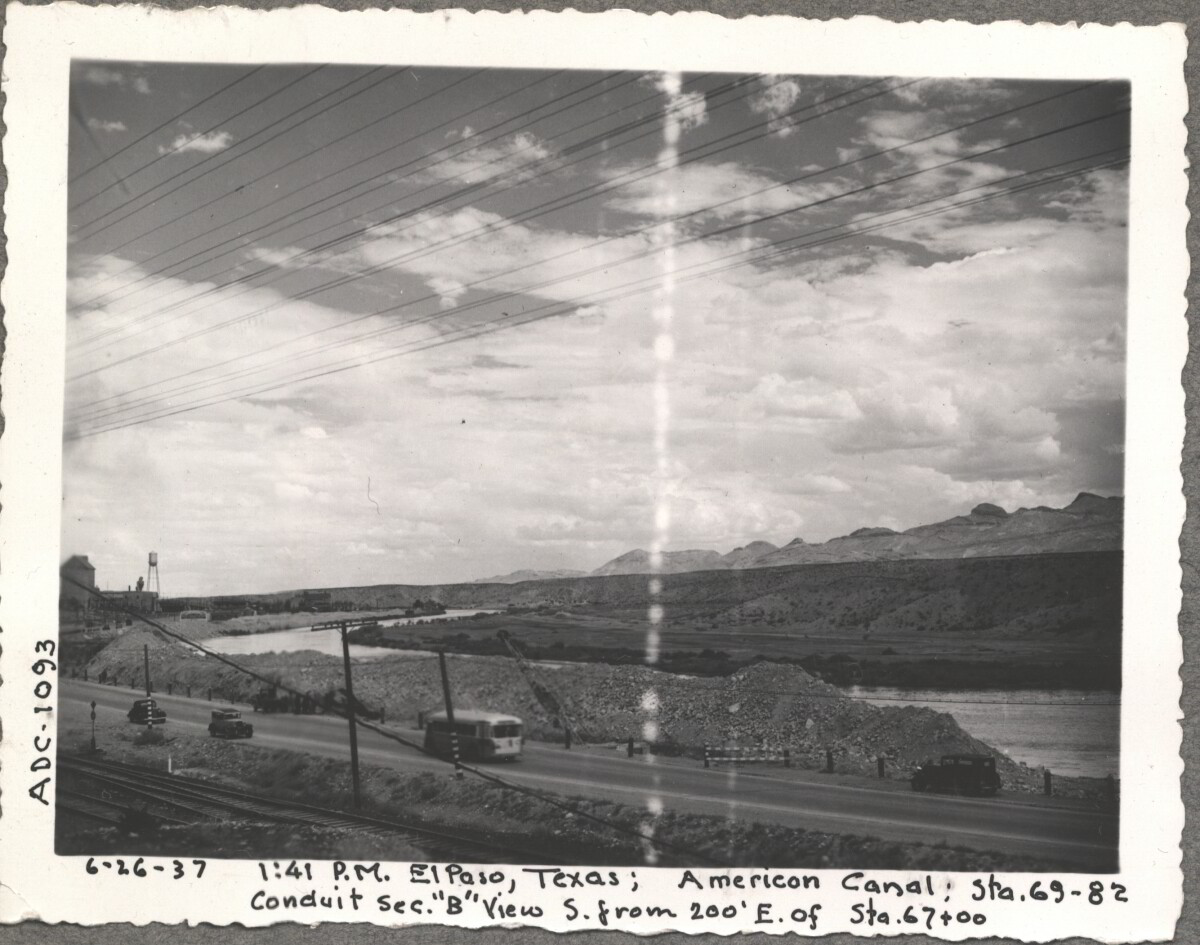

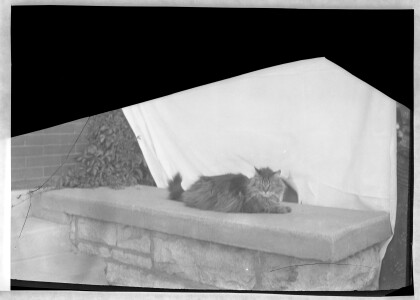
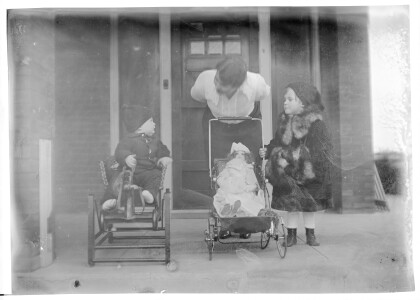
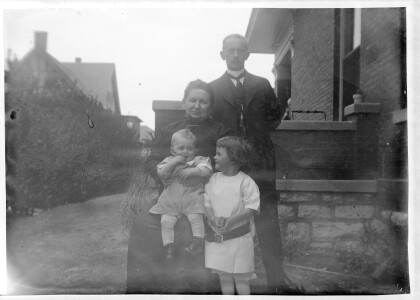
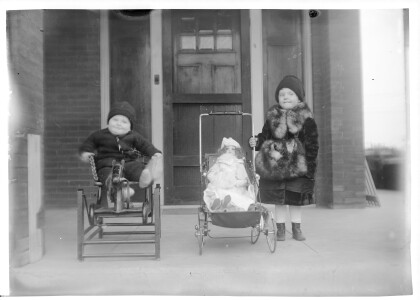
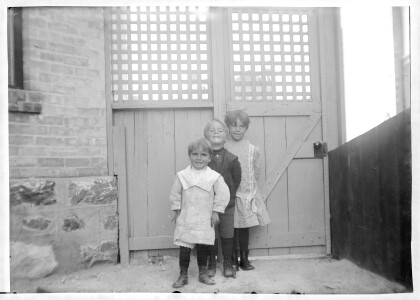
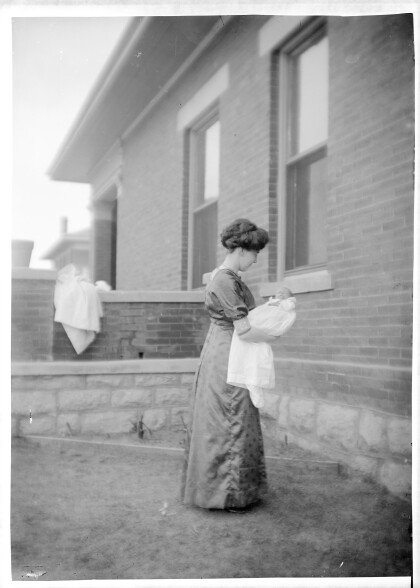
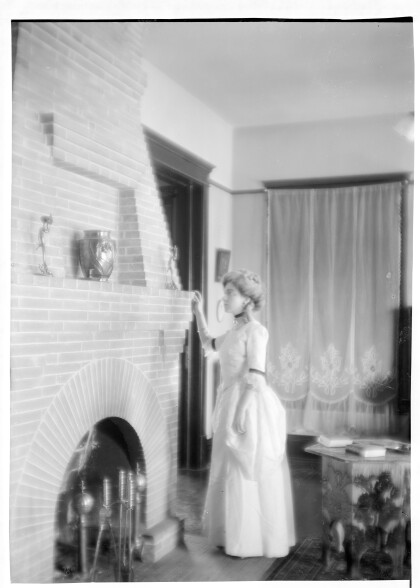
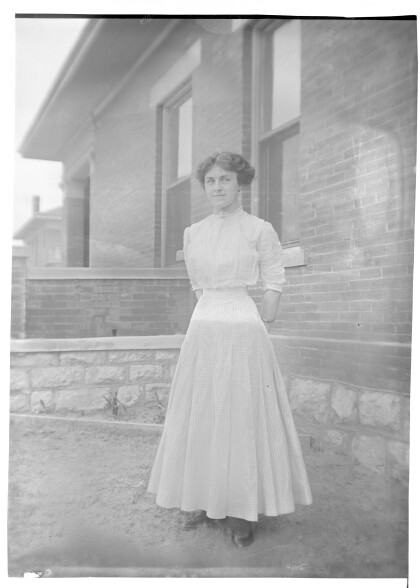

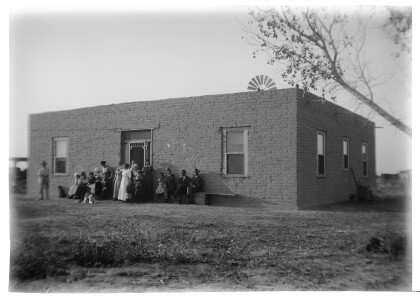
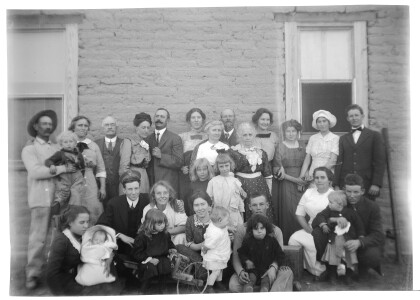
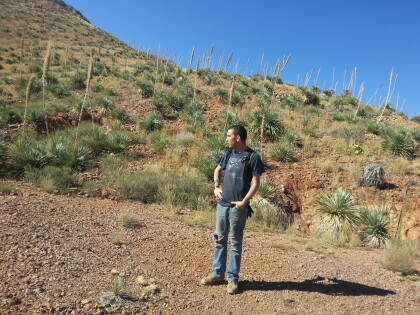
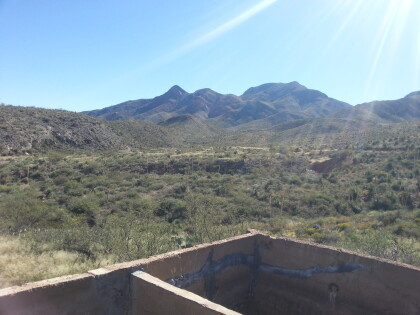

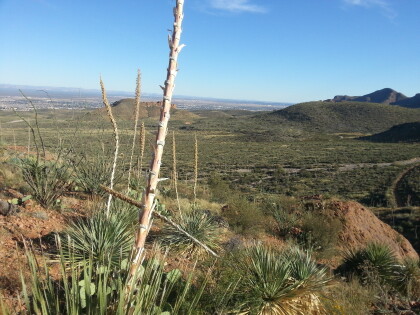
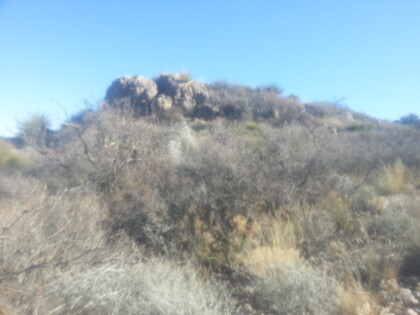

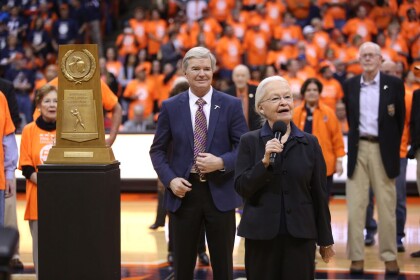
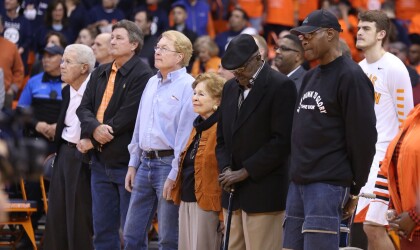
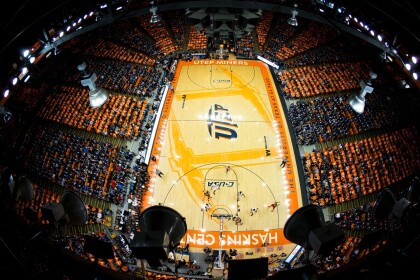

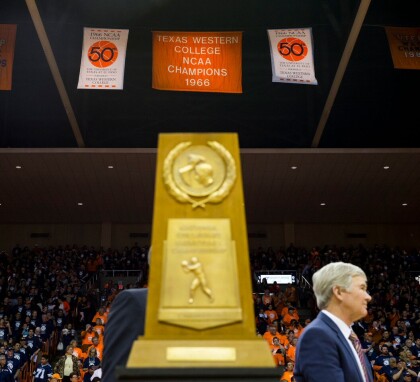
Comentarios
Hacer un comentario